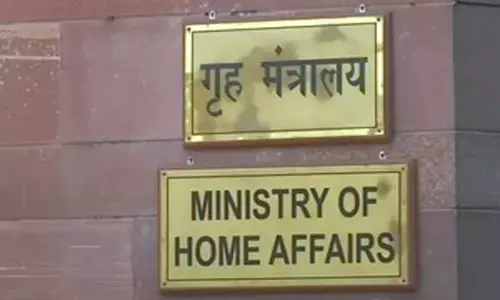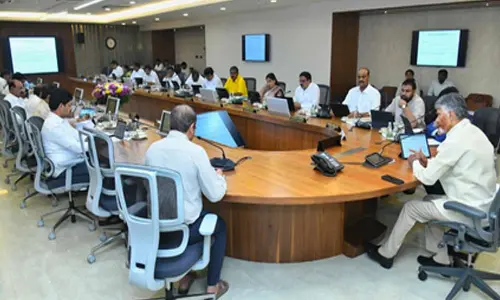Multi-Level Fire Alarm System To Be Installed In Rajdhani, Tejas Express

These systems will also be incorporated in the upcoming Tejas trains.
The railways will install an advanced, multi-level fire detection and response system in premier trains like Rajdhani Expresses and the upcoming Tejas Express.
Once the system in installed, a train will stop in case of a fire incident as brakes will be applied automatically if the smoke rises beyond a certain level, followed by announcement and hooter sirens in the affected coach.
Enhancing safety in train operation, the railways will go ahead to equip all air-conditioned coaches used for overnight journey with the early warning fire detection system.
Besides, all power cars, pantry cars, locomotives of special services would also be equipped with high-pressure, water-mist fire suppression systems to protect the expensive equipment from being burnt in case of a fire, said a senior Railway Ministry official.
Early warning of a fire event can prevent panic and loss of life and damage to assets, minimising disruption of services.
In conventional smoke detection system, the response time is slow, pre-alarms are too late, detection rate in high airflows is poor and performance gets affected by soot and dust.
The official said that all Humsafer trains are being equipped with the fire detection system. The central monitoring system will be in the power car.
The fire detection system in all coaches will be connected by hardwire to the central monitoring system in the power cars where technical personnel are present.
The display of the central monitoring system shows all the coaches with unique identification number on its screen, the alarm status and graphical display of smoke level.
The system is designed for multi-level alarm which is being programmed as per the requirements.
In case the smoke level rises in a coach, the flasher light gets activated at the CMS to alert the technical staff and indicates the coach number which may be affected. The technical staff is required to investigate if there is actually a case of potential fire in that particular coach.
If the smoke level rises further and reaches level 2, the flasher light gets activated in the affected coach and an audio visual alarm (hooter and flasher light) at the CMS prompts technical staff to take necessary action.
If the smoke level rises further to level 3, the brake application takes place automatically. An announcement followed by hooter takes place in the affected coach after a delay of 55 seconds.
The announcement in the affected coach informs the passenger of a potential case of fire in that coach and intimates them that the brakes have been applied, the train will come to a halt and the passengers should not panic and disembark safely from the coach once the train comes to a complete stop.
These systems will also be incorporated in the upcoming Tejas trains.
Woman injured in stabbing attack in Tokyo, suspect at large
Bengal cop booked for murder over mysterious death of woman home guard, SIT to probe case
Staffer recalls horror of 7-kg gold robbery by armed gang in Karnataka’s Hunsur
25-Year-Old Airline Cabin Crew Member Dies At Gurugram Party; Police Begin Investigation















